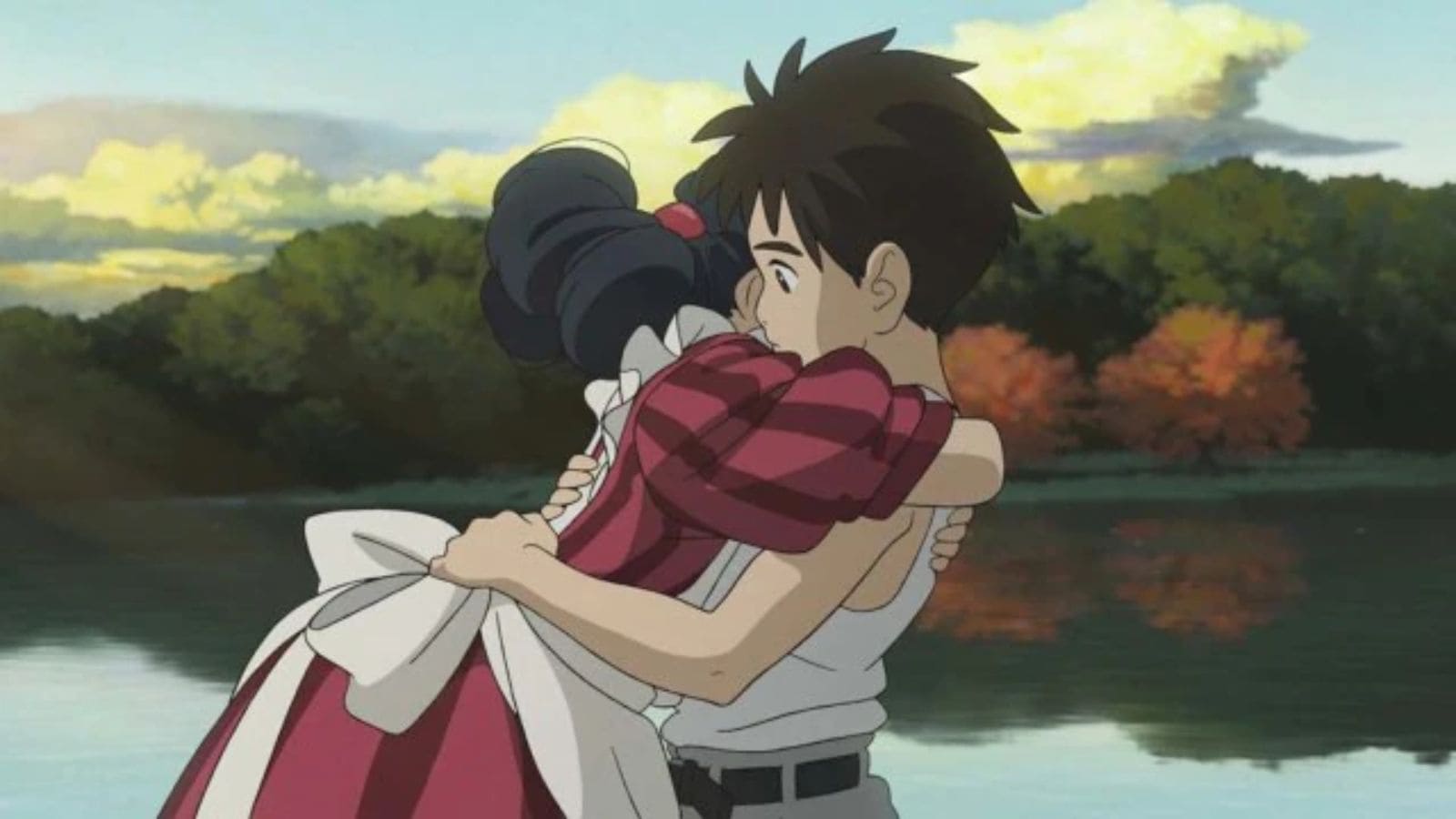 |
|
The advent of AI image generation tools, exemplified by the ability to create visuals in the style of Studio Ghibli, has ignited a fervent debate about the future of art and the role of the artist. Like Pandora's box, once opened, AI’s potential, both beneficial and detrimental, is unlikely to be contained. Initial concerns centered on the impact on writers, but now artists find themselves in the crosshairs of this technological revolution. The ease with which AI can replicate artistic styles has led to outrage and anxieties about the devaluation of human creativity. This anxiety is not new; throughout history, technological advancements have sparked fears about the demise of traditional skills and the displacement of human labor. The rise of photography, for instance, was initially met with apprehension from painters who worried about the obsolescence of their craft. However, photography did not replace painting; instead, it evolved into its own art form, coexisting with and influencing traditional painting techniques. Similarly, the textile industry did not eliminate craftsmen; rather, it led to the development of new technologies and methods of artistic expression. The Kashmiri shawl, for example, maintains its value. One hand-crafted piece fetches a significantly higher price than its machine-made counterpart. While the handmade pieces require months of painstaking work, the market also accommodates mass-produced versions, allowing consumers to choose between exclusivity and affordability. These examples demonstrate that technological advancements don't necessarily lead to the death of art, but rather to its transformation and diversification.
AI can be viewed as a tool for democratizing art, enabling individuals with creative visions but lacking the technical skills or financial resources to realize them. By providing access to sophisticated image generation capabilities, AI can empower aspiring artists to bring their ideas to life and share them with the world. This democratization of art can foster greater creativity and innovation, leading to new forms of artistic expression that were previously impossible. Connoisseurs and collectors will undoubtedly continue to value the artistry and craftsmanship of traditional artists, but AI can make art more accessible to a broader audience, fostering a greater appreciation for creativity in all its forms. This accessibility allows consumers to choose between unique and traditional pieces. However, the rise of AI also raises important ethical and legal questions, particularly concerning copyright infringement. AI models are often trained on vast datasets of copyrighted material, raising concerns about the unauthorized use of artists' work. Artists, writers, publishers, and newspapers are increasingly seeking legal redress, challenging the use of their work to teach AI models without explicit consent. The legal landscape surrounding AI-generated art is still evolving, and a global consensus on copyright regulations is urgently needed to protect the rights of artists and ensure fair compensation for their work. One crucial question is whether an artistic style itself can be copyrighted. The debate is nuanced, considering that art is rarely created in a vacuum, and artists often draw inspiration from existing works and cultural traditions. Miyazaki himself has been known to take inspiration from western animation and Japanese Folklore.
While copyright concerns are legitimate and demand careful consideration, it is important to recognize that AI does not necessarily erase the legacy of human artists. Rather, it can amplify their influence and introduce their work to new audiences. The "Ghiblification" trend, for example, has exposed a wider audience to the enchanting world of Studio Ghibli's films and inspired countless individuals to explore Miyazaki's oeuvre. This exposure can, in turn, lead to a greater appreciation for the original works and the artists who created them. The environmental impact of AI represents another significant concern. The energy consumption required to train and run AI models can be substantial, contributing to carbon emissions and other environmental problems. A study by The Washington Post in collaboration with the University of California, Riverside, found that every 100-word email generated by OpenAI’s GPT-4 language model consumes 519 millilitres of water for cooling. The article emphasizes that it would be a shame to damage the planet for a frivolous Instagram trend. While AI is not the sole culprit, it is important to acknowledge its environmental footprint and take steps to mitigate its impact. Global environmental regulations across industries are essential to ensure that AI is developed and deployed in a sustainable manner. The article concludes that AI will not kill art any more than photography did. In fact, AI expands the world of art, making room for new tools, voices, and possibilities. However, further investigation and regulations are needed to combat the challenges AI creates.
Source: Just as photography did not kill painting, Ghiblification is unlikely to kill art
